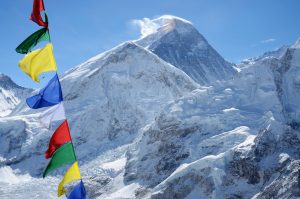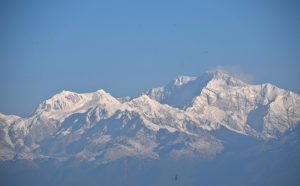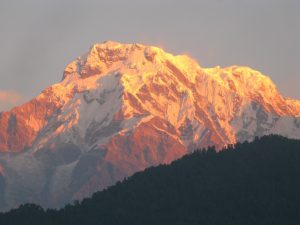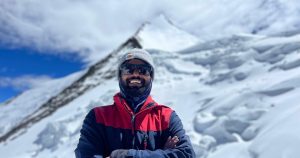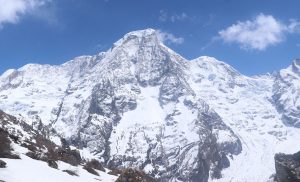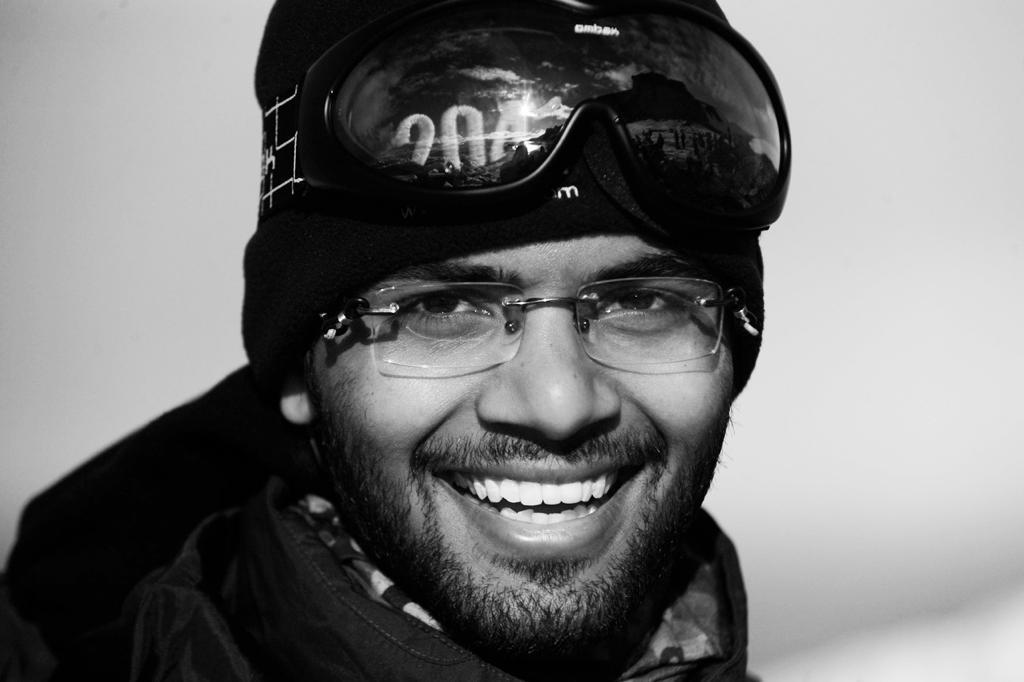
Anurag Maloo’s story is one of resilience, positivity, and miraculous survival. When he fell into a crevasse on Annapurna, his fate remained uncertain—no one knew if he was alive or dead. He lay there, nearly unconscious, for three days and three nights until Adam Bielecki, Mariusz Hatala and Tashi Sherpa orchestrated his rescue.
Following that experience, Maloo’s life took a dramatic turn. Saved by doctors in Nepal and subsequently treated in India, he now faces the daunting task of relearning everything he once knew.
He does not remember what happened on Annapurna nor his time inside the crevasse, yet he is steadfast in his determination to return, pick up the pieces of his life, and pursue his original goals. With resilience and a renewed sense of purpose, he is ready to confront the challenges that lie ahead. He has had his fingers and toes amputated and skin grafted. He has trouble sitting and walking but he knows, a little bit of practice will get him back to normal in no time.
“I have accepted what has happened to me. Things are difficult right now, but I understand I have to carry on,” he says from his home in Kishangarh, Rajasthan.
Connecting with the mountains
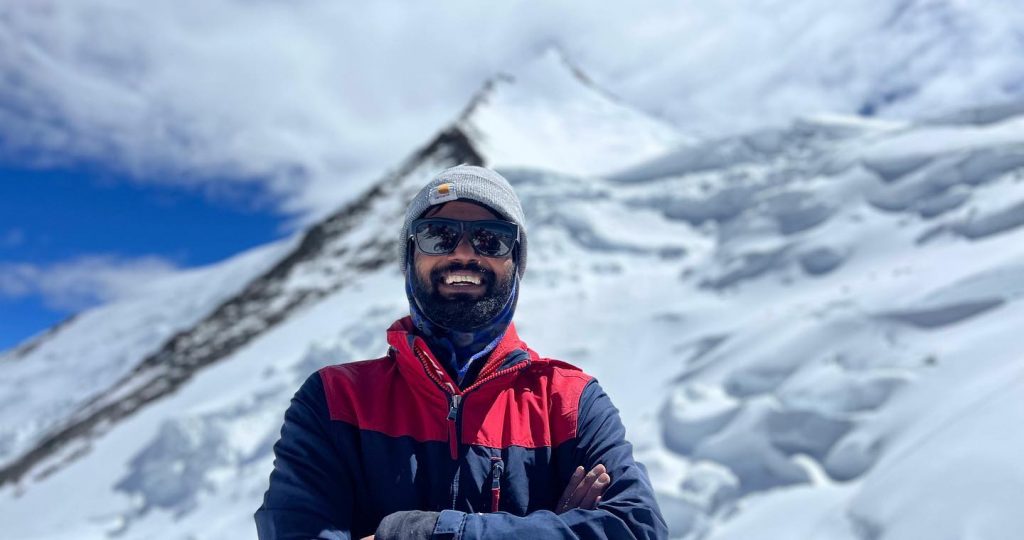
Anurag Maloo’s foray into mountaineering began in 2020, coinciding with the global travel restrictions imposed by the Covid pandemic. Inspired by the attraction of exploration following his Antarctic journey, Maloo set out to challenge himself by attempting to conquer the world’s tallest peaks.
Undeterred by the limitations of the pandemic, he embarked on trekking expeditions in India alongside Bachendri Pal, the first Indian woman to summit Everest. Building on this foundation, he pursued various expeditions to mountains with elevations of 6000 metres. Driven by a fervent desire to deepen his understanding, he joined mountaineering institutes, culminating in the successful ascents of Nun and Ama Dablam.
“Mountains have always felt like home. You keep wanting to return. There’s also this natural sense of belonging. I felt comfortable there,” he says.
After climbing Ama Dablam in November 2022, he started dreaming of 8,000-ers. Many climbers start with less daunting ones like Manaslu or Cho Oyu. But for Maloo, the first always had to be Annapurna I.
Annapurna I is arguably one of the most difficult 8,000-er in the world. It is cold and treacherous and is known for being a killer mountain with a death rate of around 30 per cent. That was nothing to be fearful of for Maloo who wanted to to climb the hardest first.
“If I can climb Annapurna, I could climb any other mountain. It was quite straightforward really,” he says.
He was climbing with a goal too. Having been an SDG campaigner, he wanted to dedicate his climbs to SDGs. Climbing generates a lot of eyes, and Maloo understood that and decided to dedicate his climbs to promoting SDGs.
“After Annapurna, I planned on climbing Everest, Lhotse and Makalu,” he says.
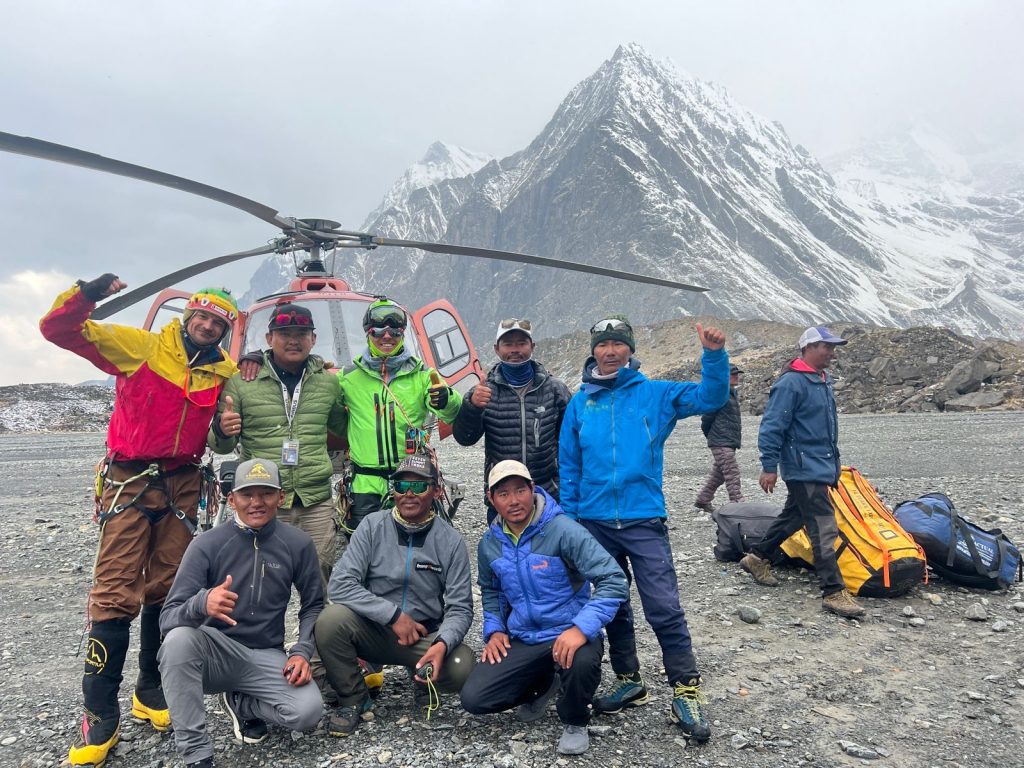
But fate had a different plan. Reports and eyewitnesses say during his descent from the mountain, he rappelled down the wrong rope and ended up in the crevasse. He was there for three days and three nights. Many in Nepal had given hope as the weather was getting poorer.
Mountaineers were fearful of going into the crevasse which was in the most dangerous avalanche-prone part of the mountain. But his family persisted and the weather held up for a helicopter to fly up with rescuers and bring Maloo back to basecamp and on to Pokhara where he was miraculously resuscitated by doctors and medical professionals.
Coming back to life
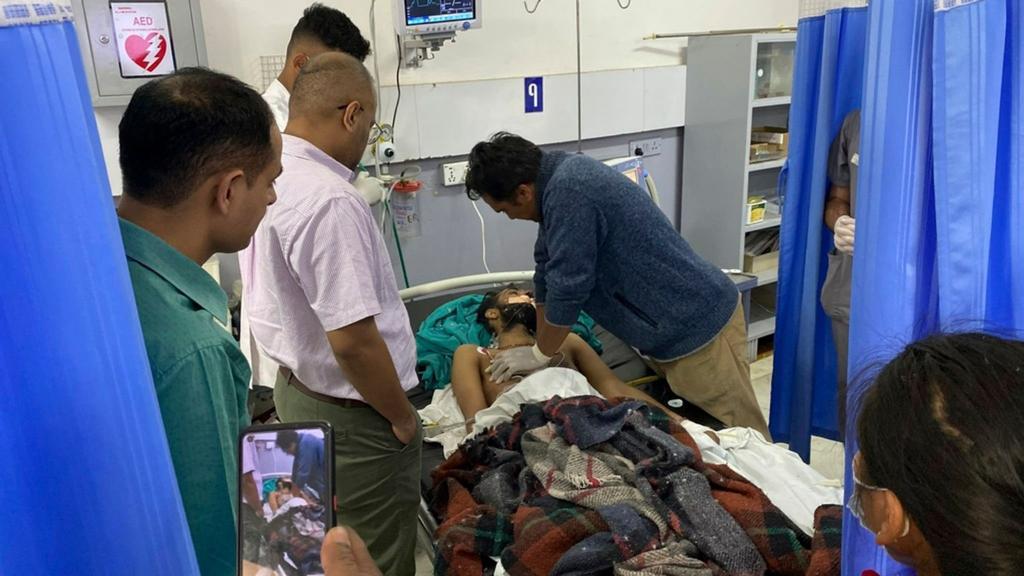
For Anurag Maloo, this is nothing short of a miracle. He is grateful for the doctors and medical science to whom he owes his life.
“It has done wonders,” he says.
By wonders, he means medical science kept him alive. It enabled the grafting of new skin and stabilisation of his body parts, contributing significantly to his recovery.
“I will forever be thankful for doctors in Nepal and at AIIMS. Without them I would not be alive,” he says.

That is not all, his well-wishers were just as important in this journey of healing. A WhatsApp group was set up to provide updates about Maloo which had people from all walks of life. Everyone there was positive and radiated the positive energy that Maloo typically radiates. Some were discussing spiritual healing, while others even embraced mysticism. The joy among the people when Maloo made it out alive was wholesome, to say the least.
“It was so surreal. Some of these people I’ve never met yet there they were, doing whatever they could so I could make it out alive.”
New beginning
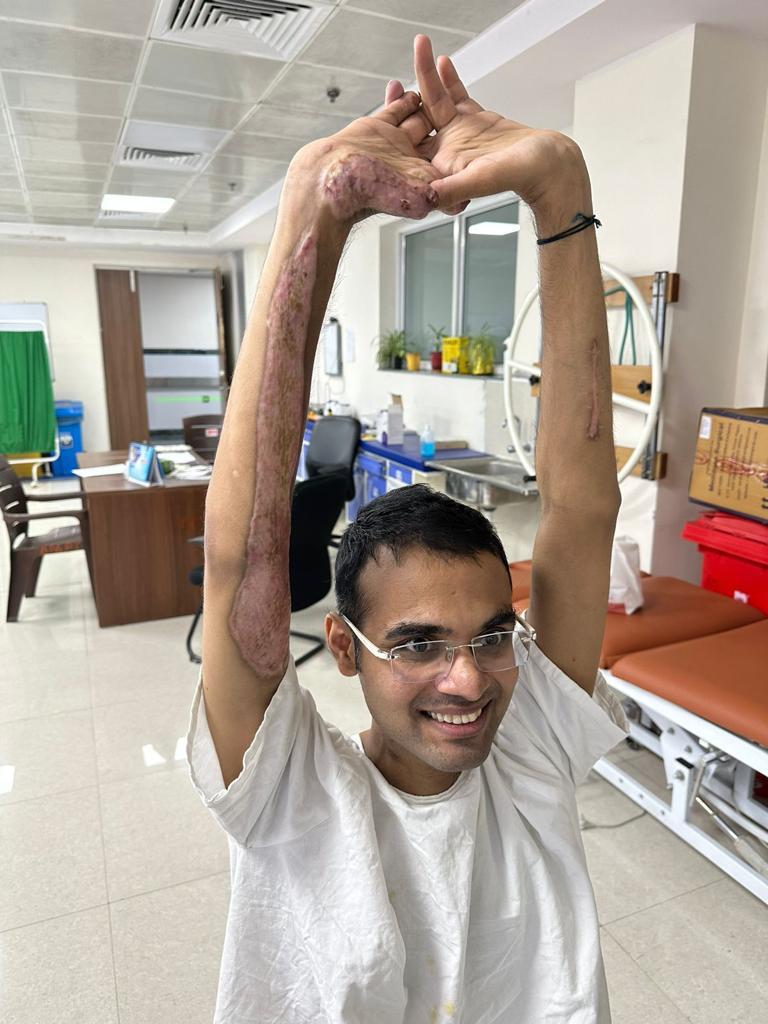
During the course of his recovery, Anurag Maloo has undergone the amputation of his fingers and toes. When the doctors informed him about the necessity of amputation, it took him a good 10 days to accept that it was going to happen, with no other alternatives available.
“The doctors saved as much as they could. And told me this had to be done if not the infections would spread to other parts of the hand and leg.”
Accepting this, he expresses that he is okay. However, he acknowledges the need to relearn even the most basic tasks. With most fingers on his right hand amputated, he now has to rely on his left hand. He also finds it difficult to sit, stand and walk. But he knows, he will learn everything with time and little help.
“All it takes is some assistance. I even learned how to walk in the hospital. I relearned how to climb stairs and sit. My body forgot how to sit. It took me a lot of time to sit as my upper body was not able to move as well.”
In this journey of recovery, Anurag Maloo’s family has been patient, assisting him with tasks such as eating and bathing. There is a sense of shared responsibility in this recovery journey, as much for him as for his family.
“I feel I’m there seven-month-old baby,” he says. “They’ve done so much for me. I can’t thank them enough.”
When asked about how he reflects on what has happened, he says he thinks this is all part of his journey. He recognises that the person he was is entirely different from who he is right now. What happened post-Annapurna has given him a new identity.
“I’m comfortable and have accepted things have changed. That is helping me get back.”
Break from mountains

While many would love to see Anurag Maloo back in the mountains. He wants to take time to see how he heals and what his body tells him. Having put his body and family through a lot over the past seven months, Maloo wants to take it slow.
“I owe that to my body and my family. But yes, I would like to go back to the mountains one day. I can be trekking or climbing,” he said.
He says he has new challenges that he needs to overcome before he can even think of heading back. The newly grafted skin has made it difficult for him to stand properly, and sitting is also challenging due to the pain caused by the graft.
Mountaineering will pose a different challenge for him, as he will be navigating the harshest climates. There, he will have to learn how to use equipment such as the jumar, which won’t be easy.
For now, he just wants to take a step back and rest. He mentions watching his rescue videos and getting a small thrill from them. Nevertheless, he feels fortunate and wants to make the most of this new life given to him.
“I had a second chance. Not many do, and I will use this for good,” he says.
All photos courtesy Anurag Maloo.






